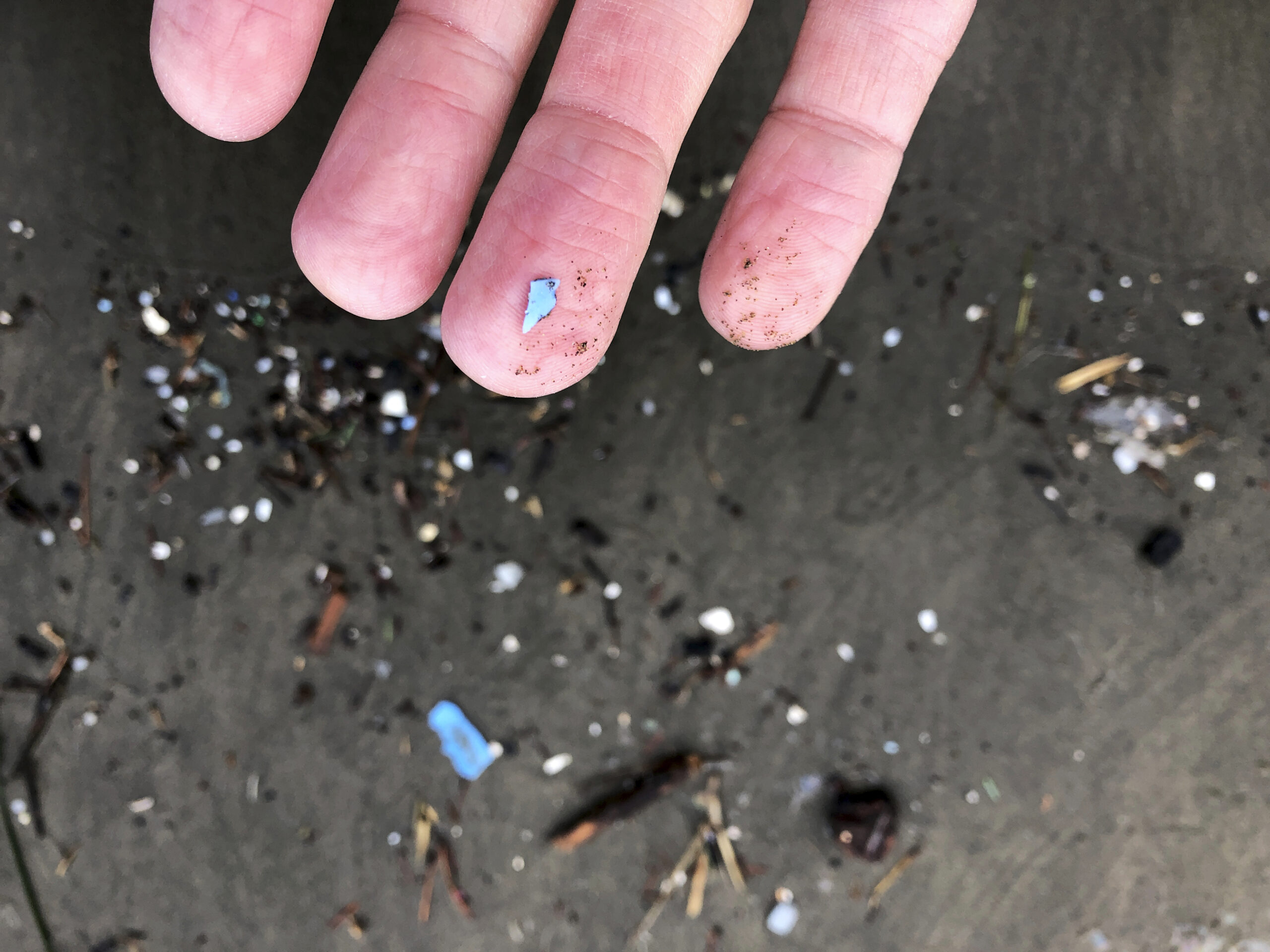This latest finding may be hard to wrap your head around.
Tiny pieces of plastic are finding their way into the brain, according to a paper published in the journal Environment Health Perspectives.
Researchers from the University of New Mexico said that microplastics from our water, food and the air we breathe make their way from our gut into other parts of the body such as the kidneys, liver and brain, according to a press release from the university.
“Over the past few decades, microplastics have been found in the ocean, in animals and plants, in tap water and bottled water,” Eliseo Castillo, an associate professor in the Division of Gastroenterology & Hepatology in the University of New Mexico School of Medicine’s Department of Internal Medicine, said in the release.
“They appear to be everywhere,” Castillo, who is the leading microplastic researcher at UNM, added.
Castillo, an expert in mucosal immunology, and his team of researchers spent four weeks giving mice drinking water with the amount of microplastics human beings are said to ingest weekly.
Scientists previously found that humans consume five grams of microplastics each week, which is about the weight of a credit card.
They found that the microplastics move from the gut to other tissues in the body.
“These mice were exposed for four weeks. Now, think about how that equates to humans if we’re exposed from birth to old age,” Castillo warned.
Castillo said that if healthy mice exposed to tiny pieces of plastic after just a few weeks showed signs of physical changes, humans exposed over a lifetime might see their health suffer.
















